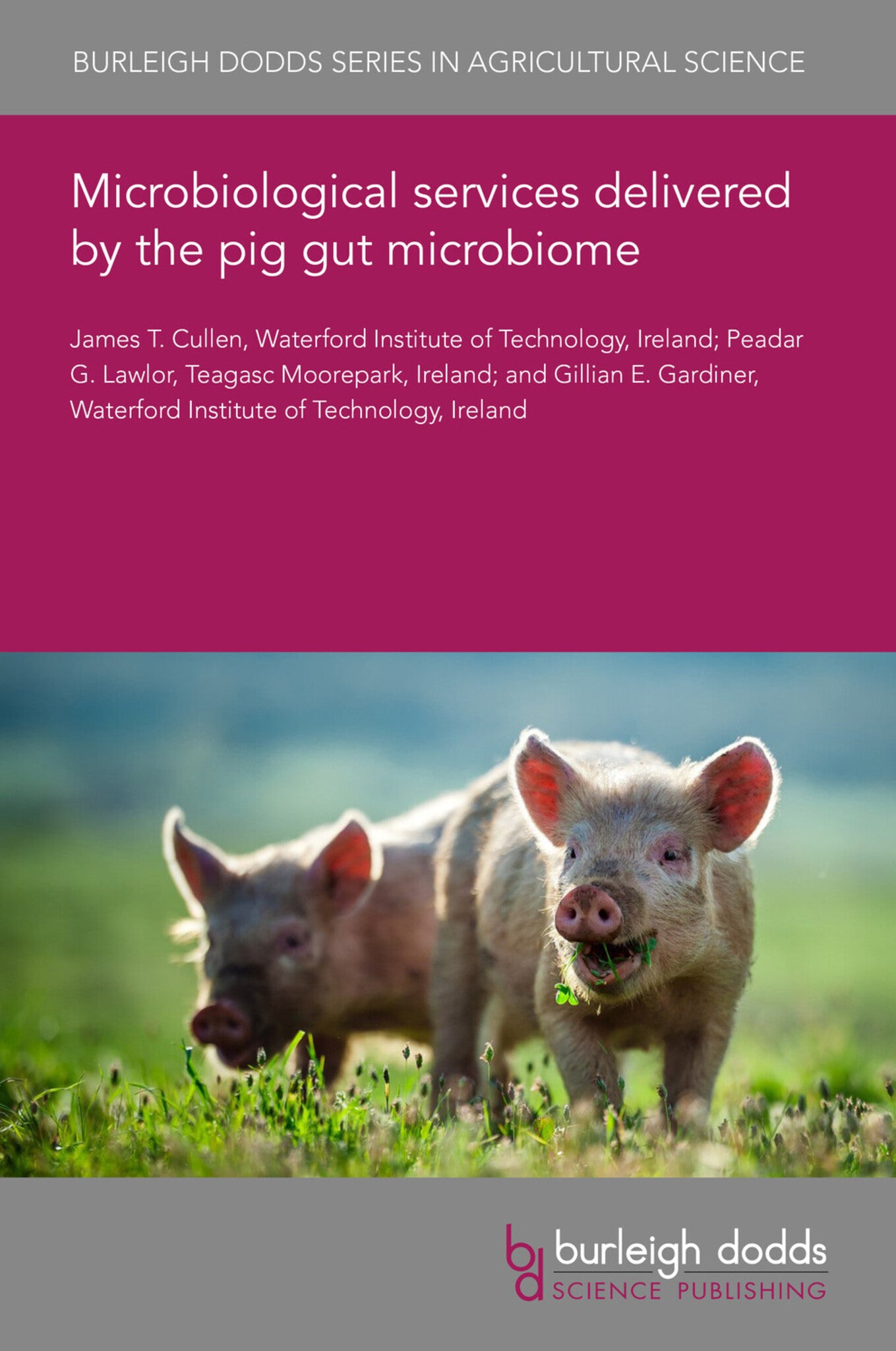We're sorry. An error has occurred
Please cancel or retry.
Microbiological services delivered by the pig gut microbiome

Some error occured while loading the Quick View. Please close the Quick View and try reloading the page.
Couldn't load pickup availability
- Format:
-
10 January 2022


TECHNOLOGY & ENGINEERING / Agriculture / Animal Husbandry, Animal husbandry, TECHNOLOGY & ENGINEERING / Agriculture / Sustainable Agriculture, Sustainable agriculture, Agricultural science

1 Introduction 2 Pig gut microbiome: abundance and diversity 3 Colonisation resistance 4 Production of antimicrobial substances 5 Production of enzymes 6 Benefits of volatile fatty acids (apart from antimicrobial activity) 7 Production of vitamins 8 Quorum sensing and manipulation 9 Antibiotic resistance genes 10 Conclusion 11 Where to look for further information 12 References



